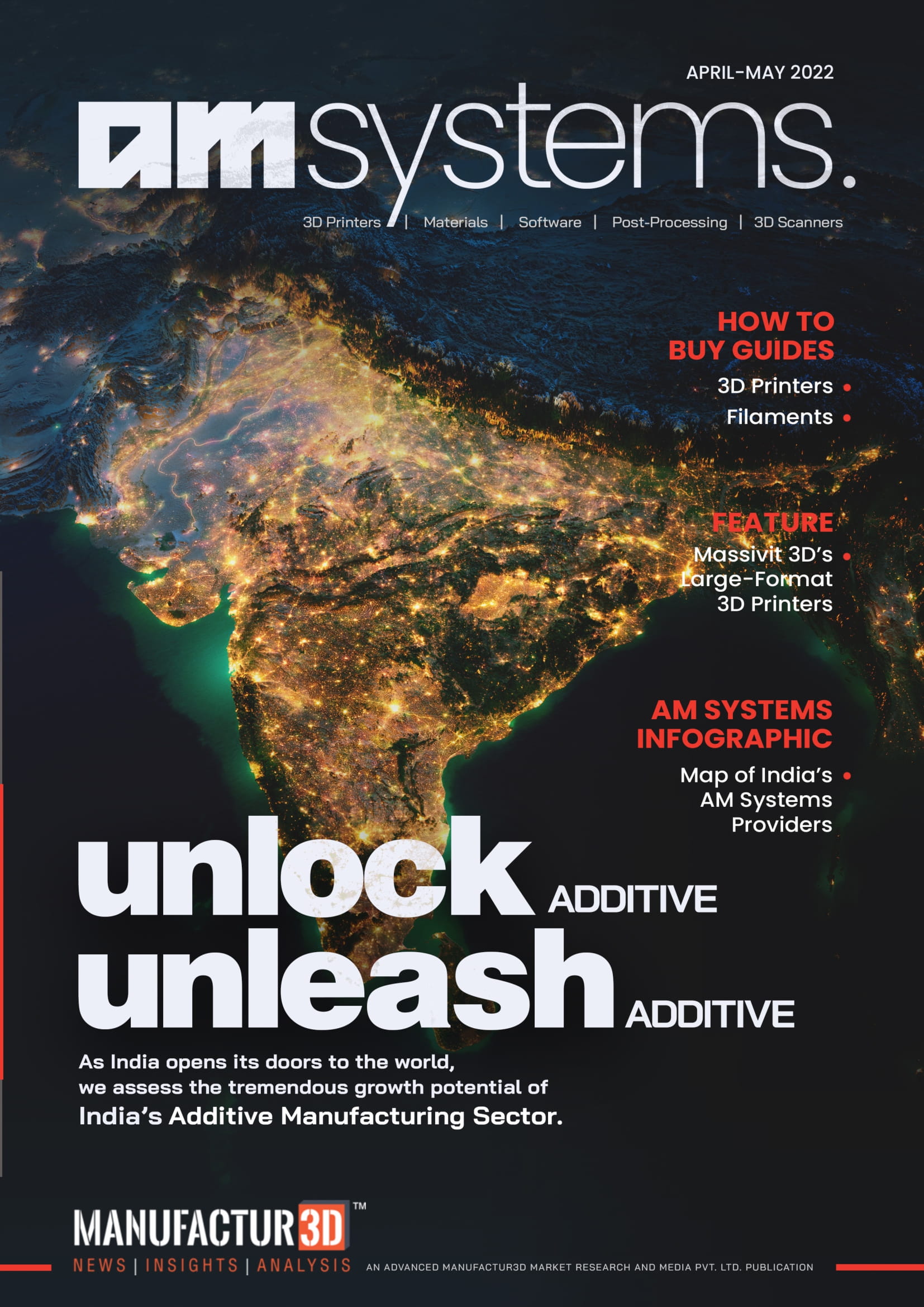
A team of Belgian researchers, as part of the international “Ad-Proc-Add” initiative led by the ecoplus Mechatronics Cluster, has conducted a groundbreaking study on the impact of Wire Arc Additive Manufacturing (WAAM) within the additive-subtractive manufacturing process chain (ASM).
The research focused on improving the dimensional accuracy and surface quality of WAAM-produced metal parts by developing empirical models for Gas Metal Arc Welding (GMAW) and Cold Metal Transfer (CMT) processes. The findings hold significant promise for enhancing efficiency and quality in the additive manufacturing sector.
Wire Arc Additive Manufacturing (WAAM)
Wire Arc Additive Manufacturing (WAAM) is an additive manufacturing technique that melts filler wire and builds a component layer by layer using an electric arc as a fusion source. WAAM enables the efficient production of medium to large metal parts, but after deposition, it exhibits low dimensional accuracy and surface quality, necessitating additional subtractive post-processing.
A Belgian team from KU Leuven, Thomas More University, the Belgian Welding Institute npo, and Sirris investigated the impact of various processes within the additive-subtractive manufacturing process chain (ASM) on final product quality as part of the international “Ad-Proc-Add” project. For both the traditional Gas Metal Arc Welding (GMAW) and the Cold Metal Transfer (CMT) processes, empirical models for predicting bead geometry were developed.
Eliminate material defects and improve surface quality
The material to be provided for machining in order to achieve the required dimensional and shape accuracy of the part was a critical aspect of the project. The WAAM process parameters were discovered to have a significant influence on the effective wall width, surface quality after deposition, and the minimum amount of material that must be removed during the post-processing step.
Another significant discovery concerned the parts’ positioning, orientation, and optimal cutting parameters for post-processing. Experiments revealed that the WAAM process parameters, particularly speed, wire feed, and interpass temperature, have a significant influence on the deposited surface characteristics and overall wall width, which influence the milling process.
Significant progress was made by developing multi-sensor platforms that were used separately for the AM and post-processing steps to investigate the impact of different processes on the properties of the final part. The stability of the WAAM process could be evaluated by monitoring current, voltage, gas flow rate, and temperature, thereby eliminating various material defects and improving surface performance.
The knowledge gained was applied to various parts of an industrial case study. Several educational courses at KU Leuven and Thomas More now include research on GMAW-based WAAM and the ASM process chain. These advancements demonstrate WAAM technology’s enormous potential and how it can be used to improve efficiency and quality in additive manufacturing.
About Manufactur3D Magazine: Manufactur3D is an online magazine on 3D Printing. Visit our Global News page for more updates on Global 3D Printing News. To stay up-to-date about the latest happenings in the 3D printing world, like us on Facebook or follow us on LinkedIn and Twitter. Follow us on Google News.



